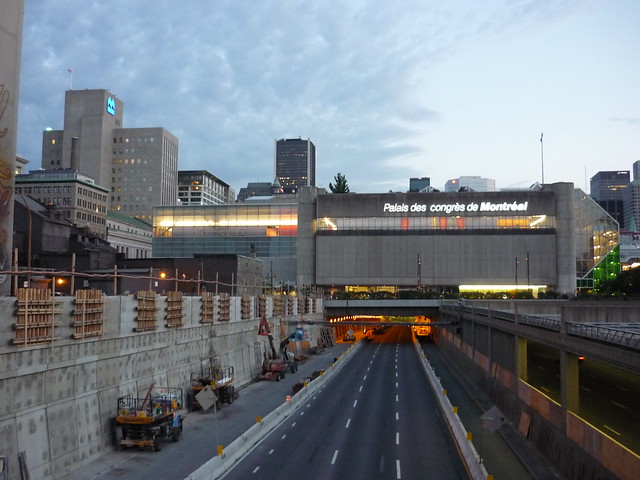Spacing Saturday highlights posts from across Spacing’s blog network in Vancouver, Toronto, Montreal, Ottawa, and the Atlantic region.


As part of Spacing Votes Brian Gould looks at the media fixation on the Occupy movement at a recent mayoral debate and how coverage for this one issue comes at the expense of other issues such as transit funding.
Eric Villagomez reports on the upcoming launch of Vancouver’s Interactive Building Permits Database which will unlock and disseminate the story of many of the city’s historic buildings and sites.

![]()
As part of the continuing transformation of Toronto’s transit heart, Dylan Reid reports back on early plans for pedestrianization and an expanded public square in front of Union Station, along with an update of other pedestrian news in the city.
Sean Marshall brings a ghostly installment of the Lost Villages series from the former Hamlet of Clairville in Toronto’s far northwest corner. Obliterated by shifting transportation infrastructure, the hamlet’s few remaining elements lie abandoned or forgotten, isolated amongst industrial storage lots.
![]()
In his final report from abroad before returning to home to Canada, Clive Doucet takes a look at the remarkably well preserved city of Bath, England as a case study in the markedly different way that Europeans and North Americans regard the ‘UNESCO World Heritage Site‘ designation.
Dwight Williams continues his Street Names feature, looking at sections of Ottawa streets named around the Riel Rebellions and the favourite fictional characters of the builders of the turn of the century Britannia Highlands neighbourhood.
Chris Warden begins a look at Ottawa’s often neglected modernist architecture by examining the centennial era Library and Archives Canada Building. Recent government policy changes threaten the public accessibility of the building and underscore the intricate relation between ‘town and crown.’
![]()
Spacing Readers in the Maritimes respond to a recent Favourite Friday call out for stories about reader’s favourite pedestrian bridges.
![]()
Jacob Larson raises the alarm bell on a growing disparity between funding allocations for highways versus public transit. Despite a long standing trend of 10:1 spending, a recent funding push towards highways is dramatically tipping the balance in undesirable ways.
Following pressure from the Montreal Ouvert group, the City of Montreal has created a platform for open data and begun releasing data sets to the public. As Allanah Heffez reports, the move is promising but will depend on following through with promises.
Photograph by: Christine Jackowski
